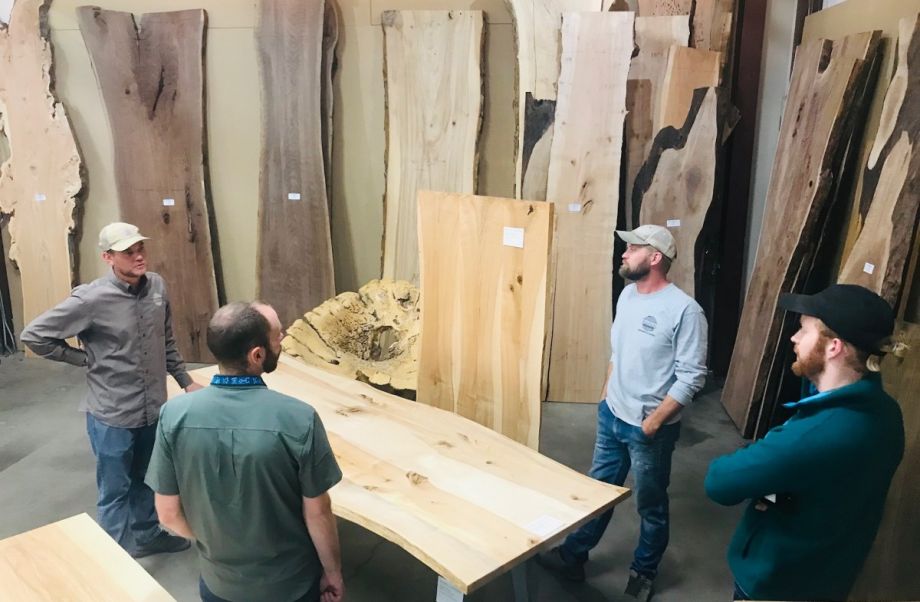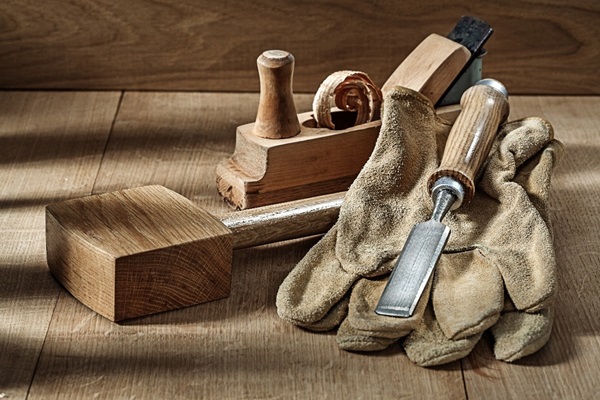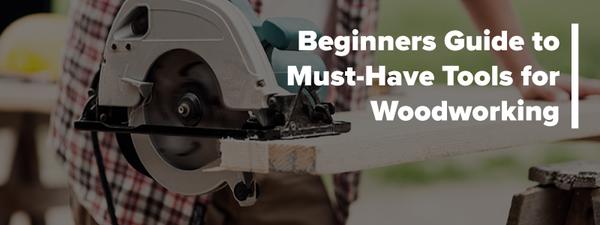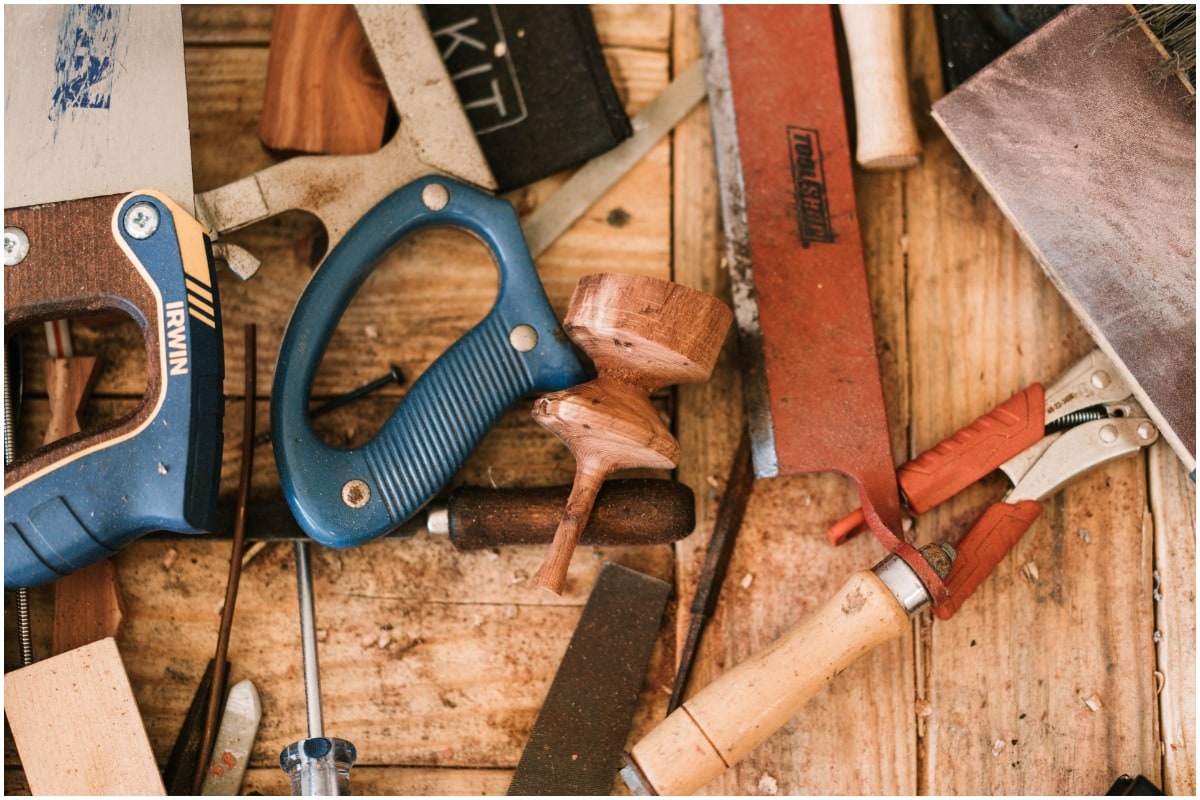To get free woodworking tools, check online communities and groups for tool exchanges or giveaways. Additionally, consider posting a request on social media or reaching out to local woodworking associations or clubs.
Building relationships with other woodworkers can also lead to opportunities for tool sharing or borrowing. Woodworking can be an incredibly rewarding hobby or profession, but it can also be expensive. Fortunately, there are ways to get your hands on free woodworking tools.
Whether you’re a beginner just starting out or a seasoned woodworker looking for ways to expand your collection, there are several avenues to explore. In this article, we’ll explore various strategies for acquiring woodworking tools at no cost. From online communities to local clubs, we’ll cover all the angles to help you build your toolkit affordably.

Credit: store.woodsmith.com
Look For Woodworking Tool Exchange Programs
Woodworking tools can be rather expensive, making it a challenge for woodworkers to acquire them. However, there are woodworking tool exchange programs that allow woodworkers to obtain essential tools for free. These programs work by exchanging unused and extra tools with other woodworkers.
Some benefits of participating in such programs include gaining access to necessary tools without spending a dime, and getting an opportunity to network with other woodworkers. To get started, you need to look for woodworking tool exchange programs in your community and check their eligibility criteria.
Many exchange programs require potential members to donate tools first, or sign up for a membership fee. Some examples of woodworking tool exchange programs include the tool lending library and woodworking tool swap.
Join Online Tool Communities
Joining online tool communities is a great way to get free woodworking tools. These communities work through sharing and exchanging tools among members. By being a part of these communities, you can gain access to a lot of useful tools that you might not have been able to otherwise.
You can also get advice on how to use certain tools or tips for finding deals on tools. Advantages of joining online tool communities include access to a community of like-minded individuals who share your interests and can provide support and advice.
There are many online tool communities out there, including forums, facebook groups, and dedicated websites. You can also start your own online tool community if you don’t find one that meets your needs. Being a part of these communities is a great way to save money and connect with other woodworkers.
Utilize Local Classified Ads Portals
One of the ways to get free woodworking tools is by utilizing local classified ads portals. These portals are online platforms that enable users to buy and sell items locally. To navigate these portals, you can use specific search terms such as “free woodworking tools” or “woodworking tools giveaway”.
Examples of local classified ad portals include craigslist, gumtree and facebook marketplace. When making transactions through these portals, it’s important to take appropriate safety measures, such as meeting in public places and checking the item’s condition before exchanging any money.
By using these tips and taking precautions, you may be able to score some valuable woodworking tools without spending a dime.
Attend Woodworking Trade Shows
Woodworking trade shows are events where woodworking enthusiasts gather to showcase their tools, products, and services. Attending these shows can be an opportunity to get free woodworking tools. Benefits of attending woodworking trade shows include discovering new tools, learning new techniques and meeting industry professionals.
Popular woodworking trade shows include the international woodworking fair, awfs fair, and the woodworking in america conference. To prepare for a woodworking trade show, research exhibitors and make a list of tools and equipment you need. Plan your route in advance and bring a notepad to take notes and contact information.
Attending woodworking trade shows is not only a great way to acquire free tools but also an opportunity to network and learn from industry experts.
Visit Garage Sales And Flea Markets
Garage sales and flea markets are great places to find free or low-cost woodworking tools. The benefits of searching for tools in these places include finding unique or vintage tools that may not be available in stores. When searching for tools, it’s important to know what to look for and inspect them closely for rust or damage.
Make sure to ask the seller about the tool’s history, and always wear gloves and eye protection when handling or testing tools. Finally, if a tool seems too good to be true or unsafe, it’s best to pass on it.
By following these tips and precautions, you can score some great finds at garage sales and flea markets for your woodworking projects.
Frequently Asked Questions On How Can I Get Free Woodworking Tools?
How Can I Get Free Woodworking Tools?
There are several ways to get free woodworking tools, including signing up for newsletters, participating in giveaways, joining online forums, and checking out government surplus auctions.
Can I Find Free Woodworking Tools Online?
Yes, you can find free woodworking tools online through websites such as freecycle, craigslist, and facebook marketplace. You can also search for deals and discounts on amazon and ebay.
How Do I Participate In Woodworking Tool Giveaways?
To participate in woodworking tool giveaways, follow tool manufacturers and suppliers on social media, subscribe to their newsletters, and attend woodworking trade shows and events.
Are There Any Woodworking Tool Exchange Programs?
Yes, there are woodworking tool exchange programs where you can swap or trade tools with other woodworkers. You can find them through online forums, woodworking clubs, and social media groups.
How Do I Get Free Woodworking Tools For A Community Project?
For community projects, you can reach out to local businesses or charitable organizations to donate tools. You can also network with other woodworkers or reach out to tool manufacturers to request donations.
Conclusion
As a woodworking enthusiast, acquiring new tools can become an expensive hobby. However, there are many ways to obtain free or reduced-price woodworking tools that can help keep your expenses at a minimum. One option is to attend local woodworking events, where sponsors tend to offer giveaways and door prizes.
Another option is to search online for free tool exchanges, where woodworkers can exchange tools they no longer need for ones they do. Additionally, check with local lumber yards or hardware stores for any used tools they may be willing to sell or donate.
Finally, consider joining a woodworking group or local maker space. These communities often have shared tool libraries, giving members access to a wider range of tools without having to buy them. By taking advantage of these resources, you can build your woodworking arsenal without breaking the bank.
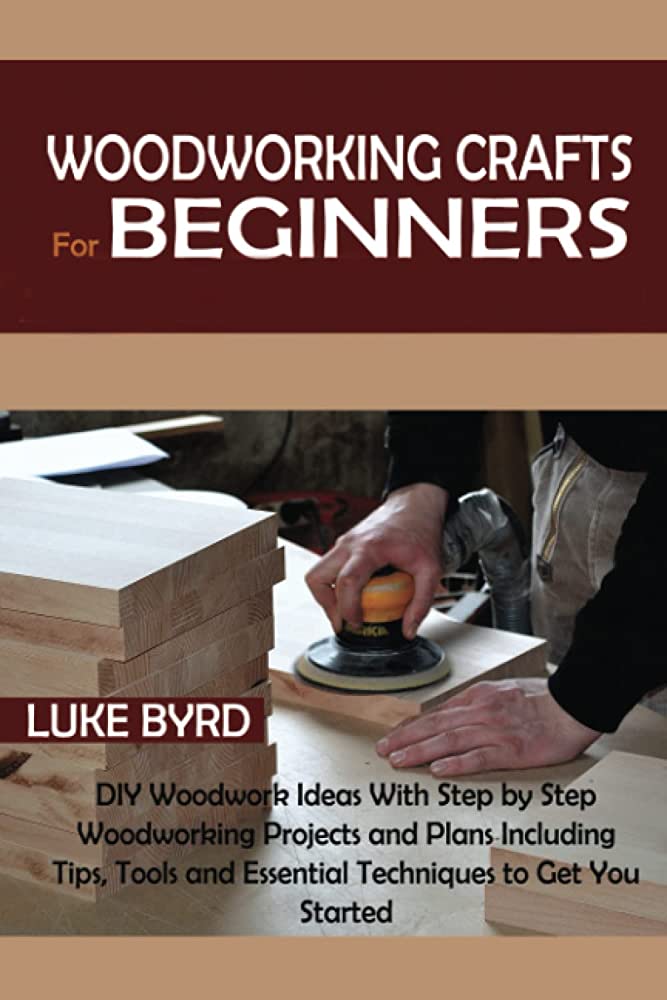
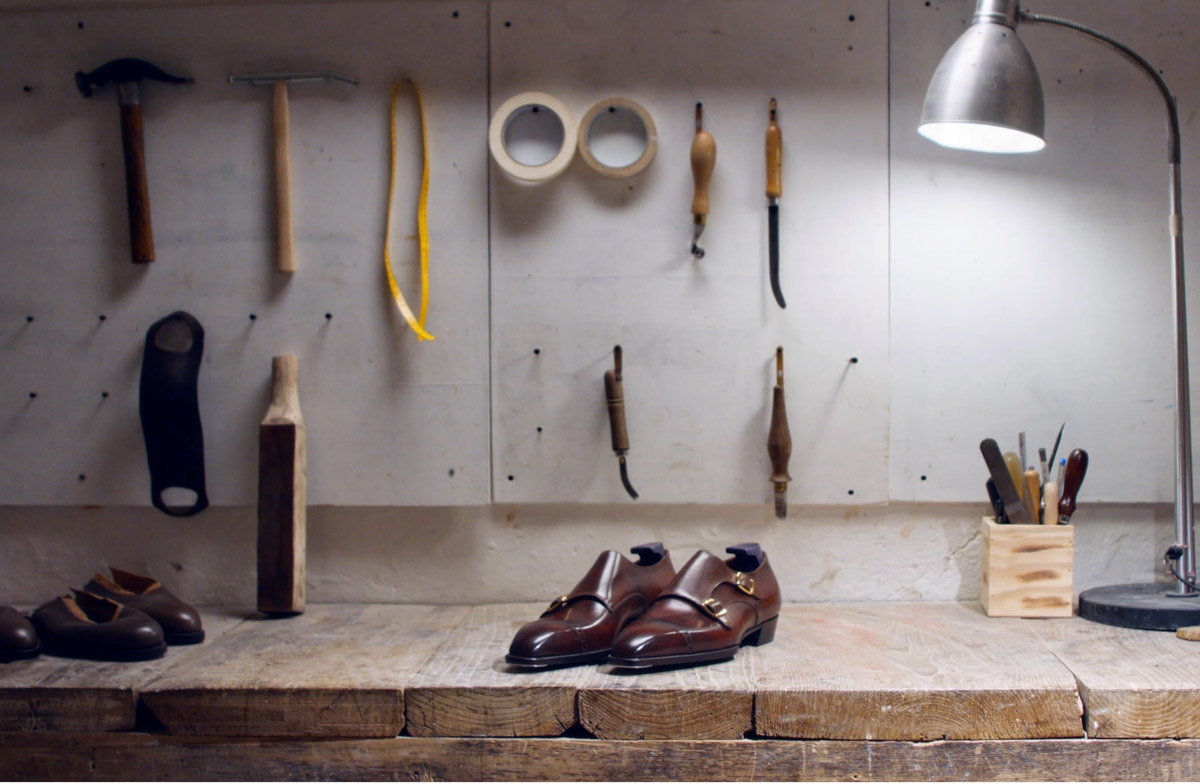
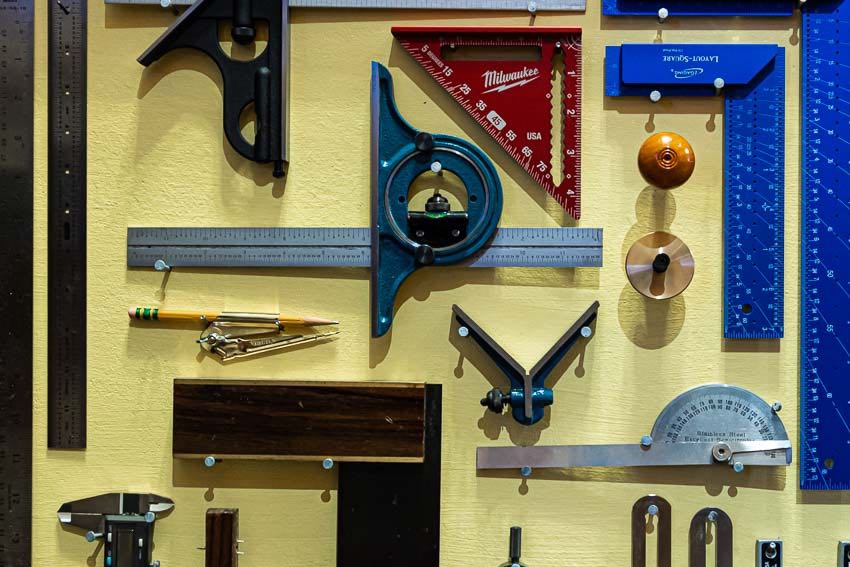




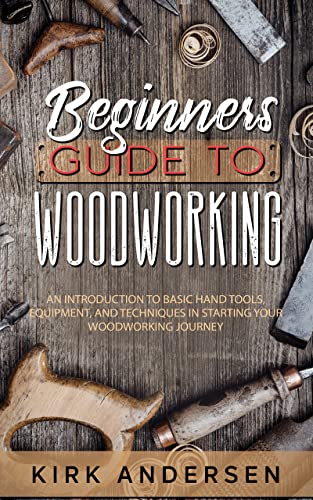
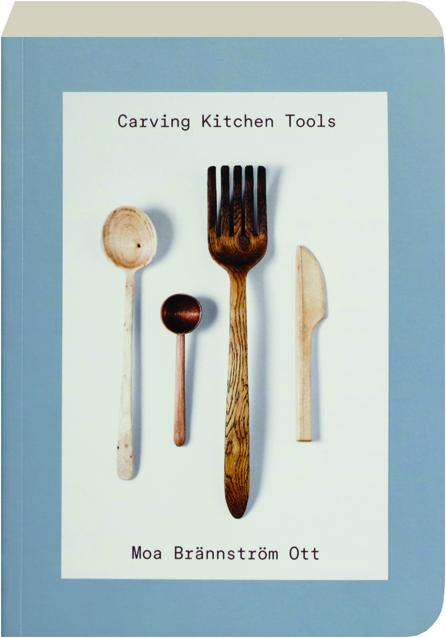
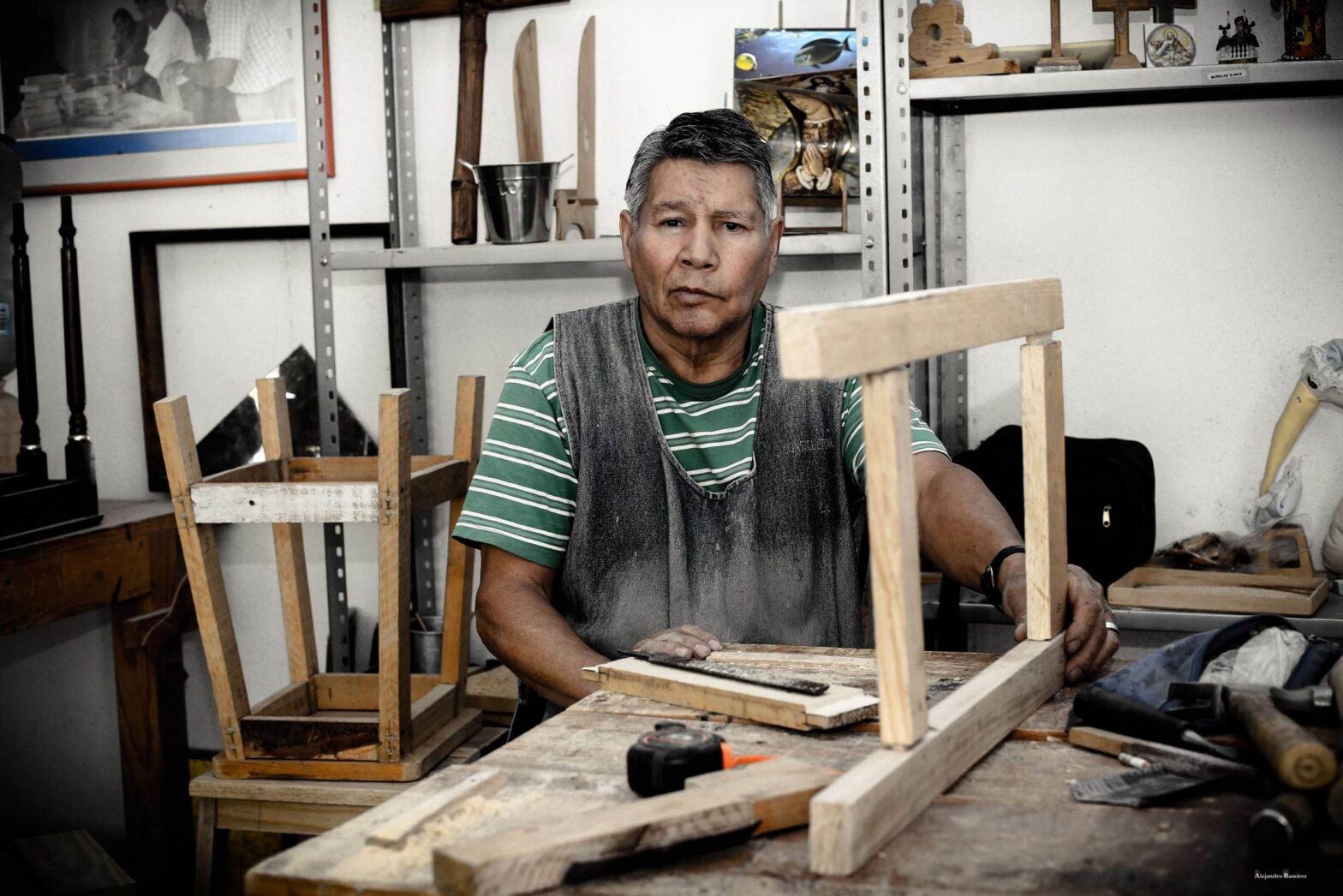
:max_bytes(150000):strip_icc()/GettyImages-616244813-5745c1e83df78c6bb0518c78.jpg)


